Emerging Europe selects 19 off-the-beaten-track destinations across the region well worth visiting in 2019.
Lublin, Poland
A long-forgotten jewel in eastern Poland’s crown, a growing number of direct flights from an increasing roster of major European cities have recently made this charming town more accessible than ever. The streets of the old Lublin are packed with cool bars, great restaurants and gorgeous little cafes, but have until now remained free of the crowds that can make a visit to Krakow such a chore. Don’t miss the sublime castle (conveniently located close to the city centre): it’s one of the oldest and best-preserved royal residencies in Poland, today home to the excellent Lublin Museum.
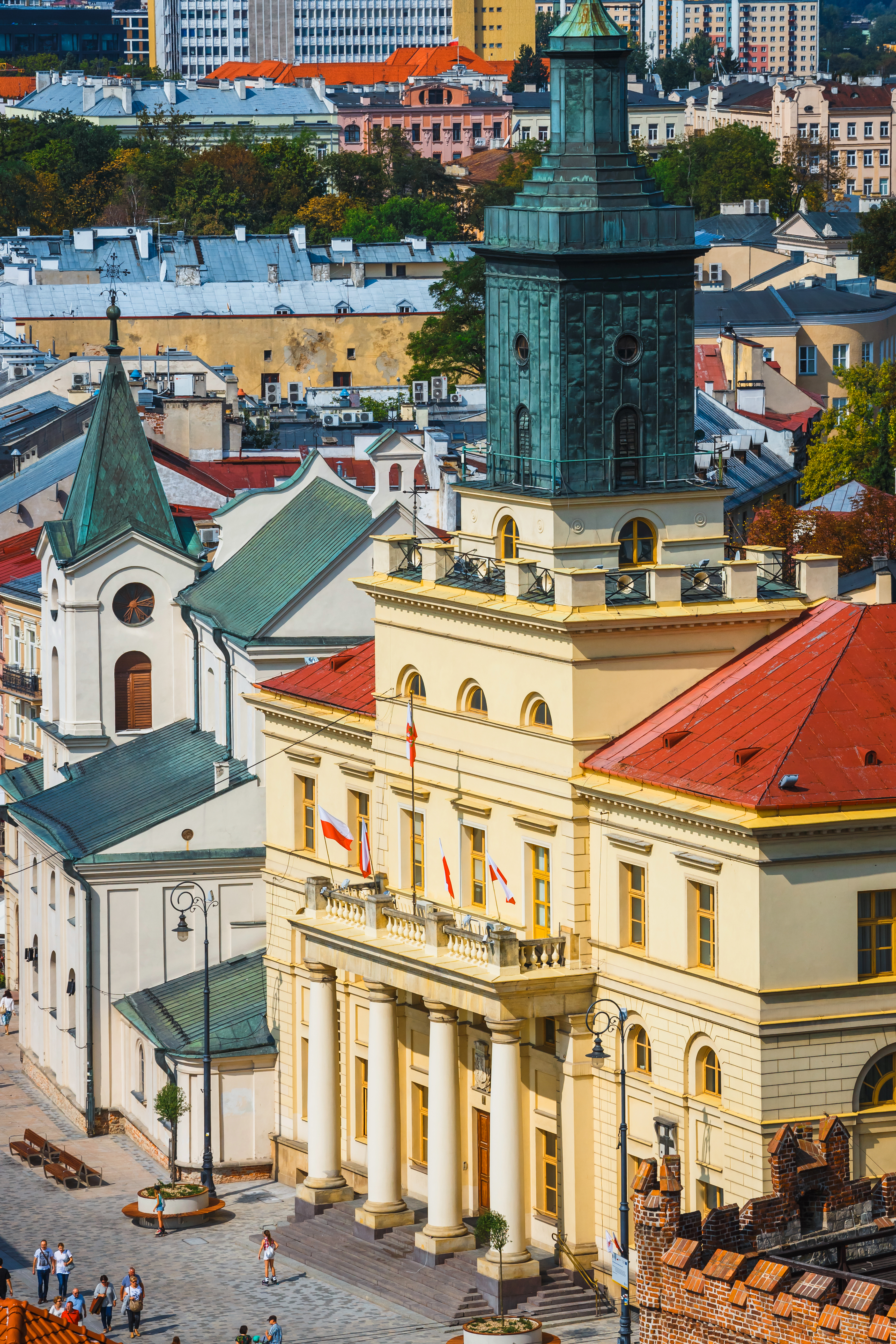
Lviv, Ukraine
Offering a stark contrast to the brutal architecture which dominates elsewhere in the country, the western Ukrainian city of Lviv offers jaded travellers a chance to rekindle their love of Mitteleuropa. A colourful, lively old town square is the centrepiece of a compact and walkable city centre which abounds with art galleries, monuments, cathedrals and museums. Climb the steep steps to the top of the Town Hall: tough but well worth the glorious views. If you can grab a ticket, the Baroque opera offers world class performances for little more than the price of a beer.
Oradea, Romania
Largely untouched by the woes of communism and the erratic urbanism that affected Romania’s bigger cities, Oradea is an open-air Art Nouveaux museum showcasing 3,000 historic buildings, many renovated over the past decade. The 16th-century Italianate fortress, the symbol of the city, had its own makeover in 2015 and today houses a both very cool museum and a fabulously offbeat hotel. Something of a foodies’ dream, the best restaurant in town is Meatic, run by the superstar Romanian chef Adi Hădean and famed for its creative use of local produce.
Batumi, Georgia
Founded by the Ancient Greeks, Batumi is Georgia’s summer playground and in recent years has been the scene of a real estate boom, with impressive, high-rise skyscrapers lining the sea front. Look out for the Alphabet Tower, a 130-metre tall twisting DNA helix dedicated to the unique Georgian alphabet. Batumi’s nightlife is as hip and lively as anywhere on the Black Sea with a dizzying range of clubs that will suit just about everyone, from those looking for live, local music to glitzy, glamorous places for the rich set.
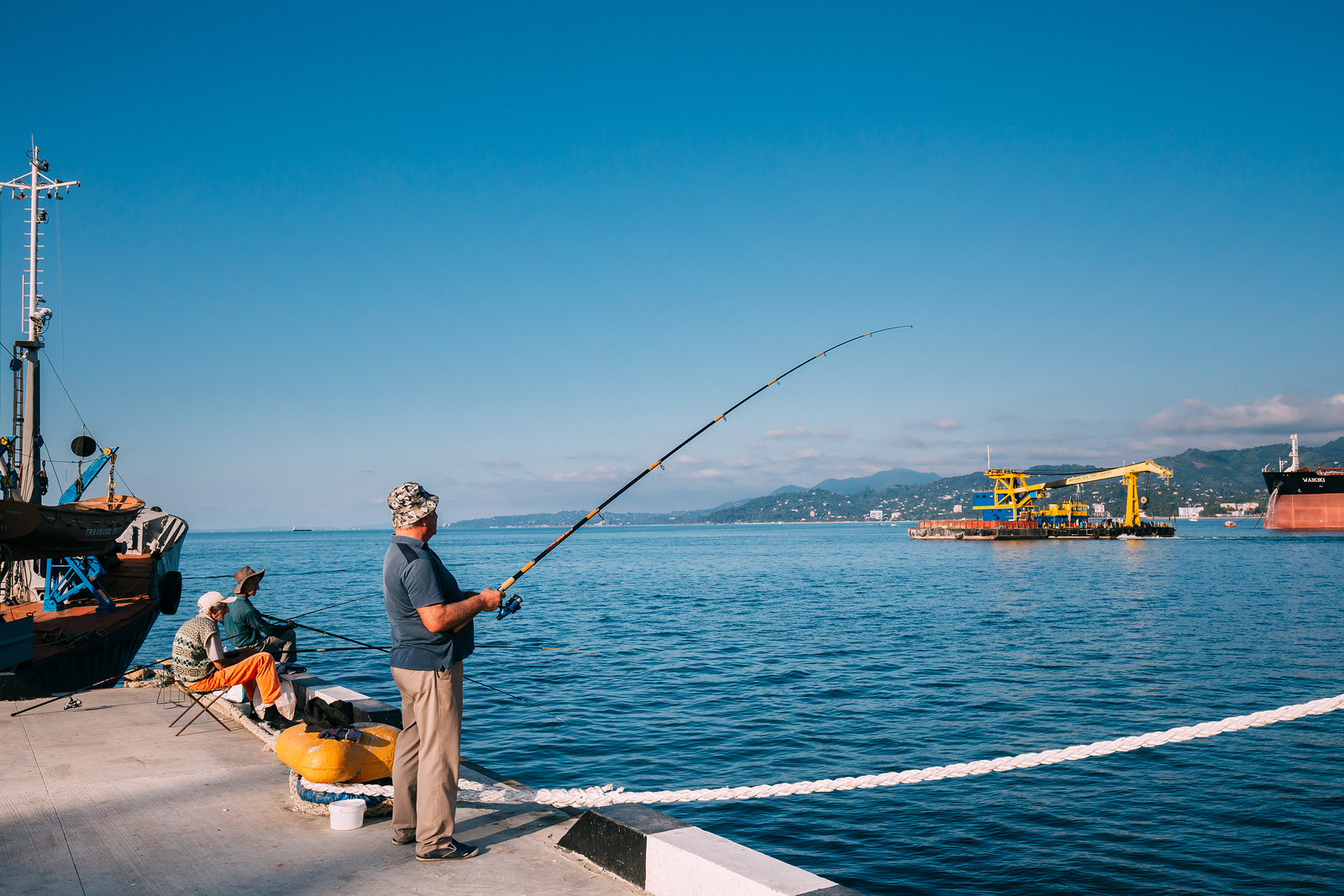
Parnu, Estonia
Basking on soft golden sand in glorious sunshine is not what usually springs to mind when Estonia gets mentioned, but Parnu, the country’s leading beach resort, is a classy place that offers a very different kind of seaside break. There’s a small and yet chocolate box-perfect old town to explore, and the resort is at the cutting edge of the Nordic food revival, boasting a great selection of outstanding restaurants. Classic spas and thermal baths – around which the resort developed in the 19th century – have of late been joined by modern water parks. And it’s all less than two hours from the overcrowded capital Tallinn.
Tirana, Albania
Europe’s most colourful city? Possibly. Street art covers almost every available space and has become a calling card of this most misunderstood of all European capitals. During the long summer cafes and bars spill out onto the street and at weekends it can feel as if half of all Albania’s young people have turned out to party. Friendly locals, cheap prices and the chance to explore wider Albania (the coast is just an hour’s drive one way, the cooling, forested hills of Dajti an hour the other) make it a perfect spot for a summer break.
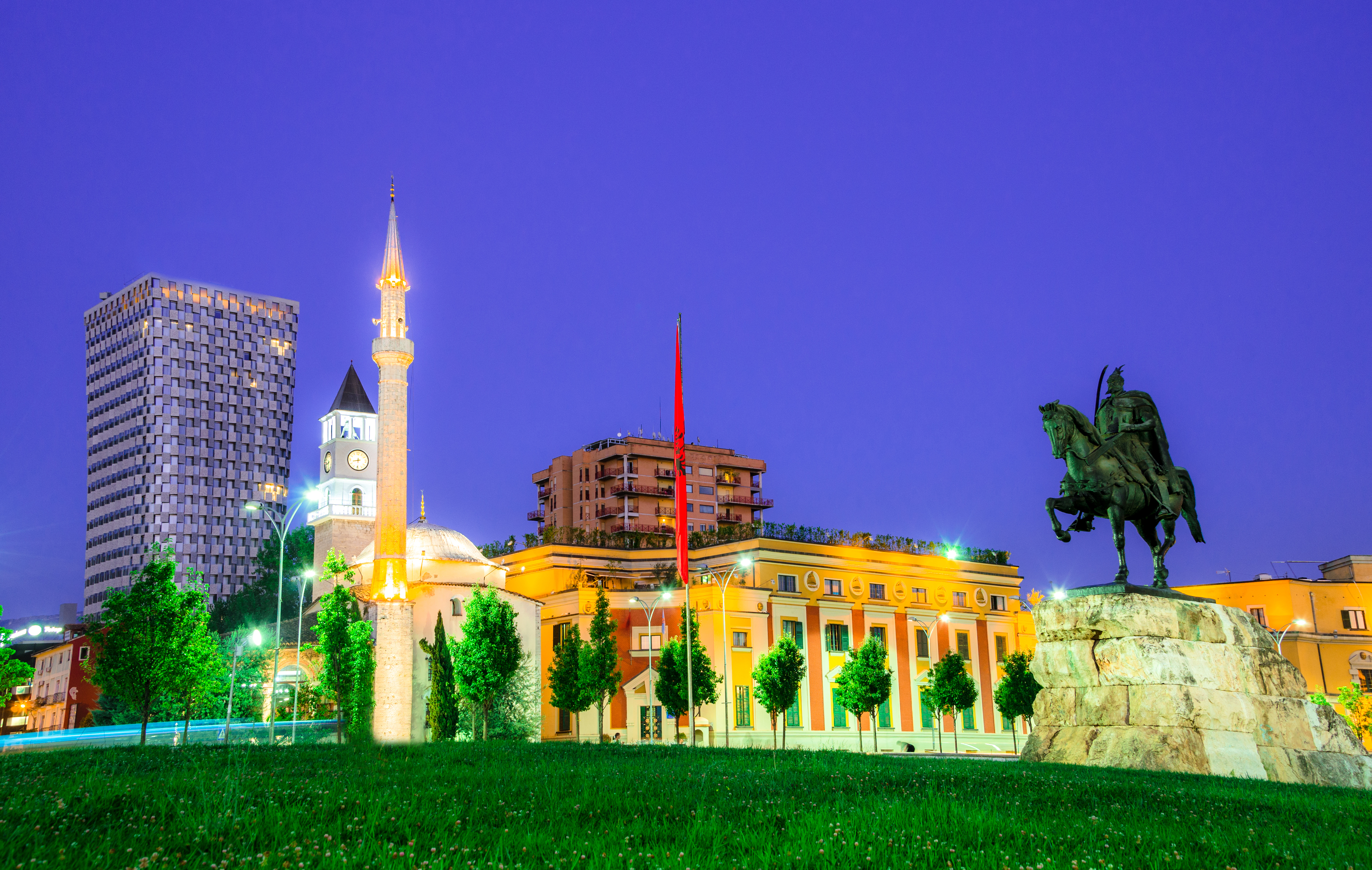
Naftalan, Azerbaijan
The crude oil produced at Naftalan, a small town around 350 kilometres west of the Azerbaijani capital Baku is too thick to be used commercially, but for hundreds of years it has been put to good use as a cure for just about every ailment imaginable. Marco Polo is said to have bathed in the oil, and during the 1930s the Soviet Union built an entire resort based on the oil’s healing properties. The resort has seen a revival in recent years, with the construction of new hotels, and more than 15,000 foreign visitors each year now come to find relief for rheumatism, eczema and various bone diseases. As part of its national tourism strategy, Azerbaijan wants to double the numbers over the next five years.
Piran, Slovenia
In a country not short of pretty little towns, Piran is by common consent the most gorgeous of them all. A Venetian port that was for centuries the centre of the Adriatic salt trade, Piran boasts what is undeniably the country’s finest square, the 19th-century Tartinijev Trg named after the composer Giuseppe Tartini, and what has to be one of the most dramatically situated churches anywhere in Europe, the St George Cathedral. Lovers of seafood will be in heaven here with a wide range of eateries to suit all pockets. As with just about anywhere in Slovenia, it’s only just over an hour from the capital Ljubljana.
Klaipeda, Lithuania
Klaipeda is the largest of the resorts on what has become known as the Lithuanian Riviera. A busy harbour town most of the year, for the short Baltic summer it becomes a young, party destination where the weather is not always as bad as you may expect. The oft-deserted beaches of the Curonian Spit are amongst the widest, wildest and sandiest in Europe, and include some of the highest sand dunes in Europe. Even during high summer you need not worry about somebody knocking over your sandcastle on the endless stretches of white beach. Nida, a small resort close to the Kaliningrad border famed for its wooden houses was an artists’ colony in the late 19th and early 20th centuries. Nobel Prize-winning writer Thomas Mann had a home here.
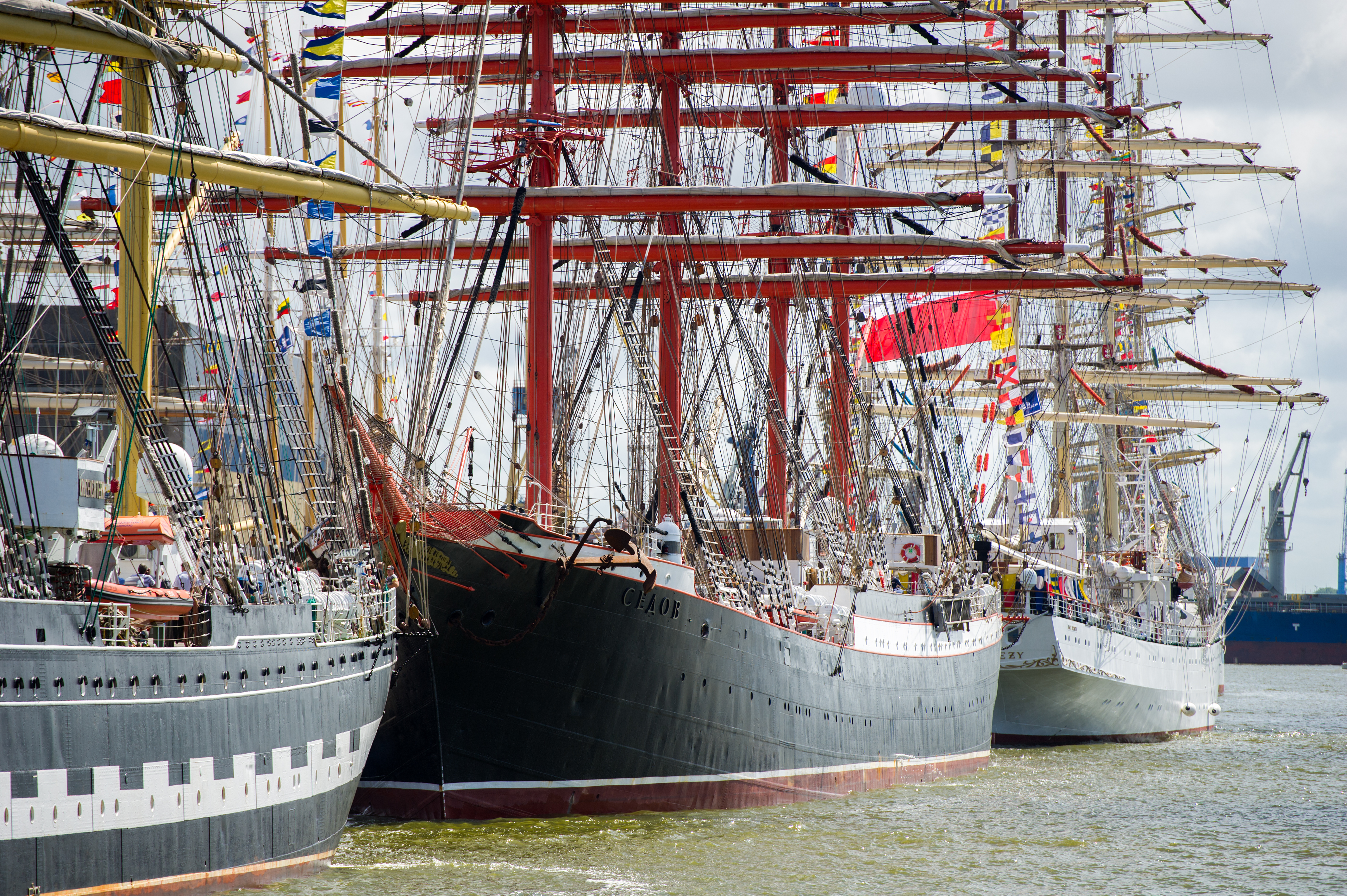
Ohrid, Macedonia
Offering visitors the chance to swim in one of Europe’s oldest and deepest lakes, Ohrid is one of those rare places that is UNESCO-listed both for its cultural and natural heritage. Tsar Samuel moved Bulgaria’s capital here in 990 and while little of the fortress he built remains, its worth clambering through the ruins for mid-blowing views of the town and the lake. The well-preserved Roman amphitheatre host concerts during the summer, while the delicately-perched church of St John at Kaneo is the most instagrammable place in all Macedonia. The recently restored monastery at Plaošnik was once home to one of the first universities in the Balkans.
Budva, Montenegro
The last outpost of the Venetian Empire, Budva is one of the oldest settlements on the Adriatic coast. Its superbly-preserved walled old town is a gem, while its sandy beaches are amongst the finest in Europe. Nightlife is sensational. Bars and clubs are packed with beautiful party people from sundown to sunset, so this is not the best choice for anyone looking for a quiet getaway. Nearby is the unmistakable fortified island city of Sveti Stefan, perhaps the most exclusive destination in all of emerging Europe, a playground for the rich and famous from across the world. Both Budva and Sveti Stefan are about an hour’s drive from the Montenegrin capital, Podgorica.
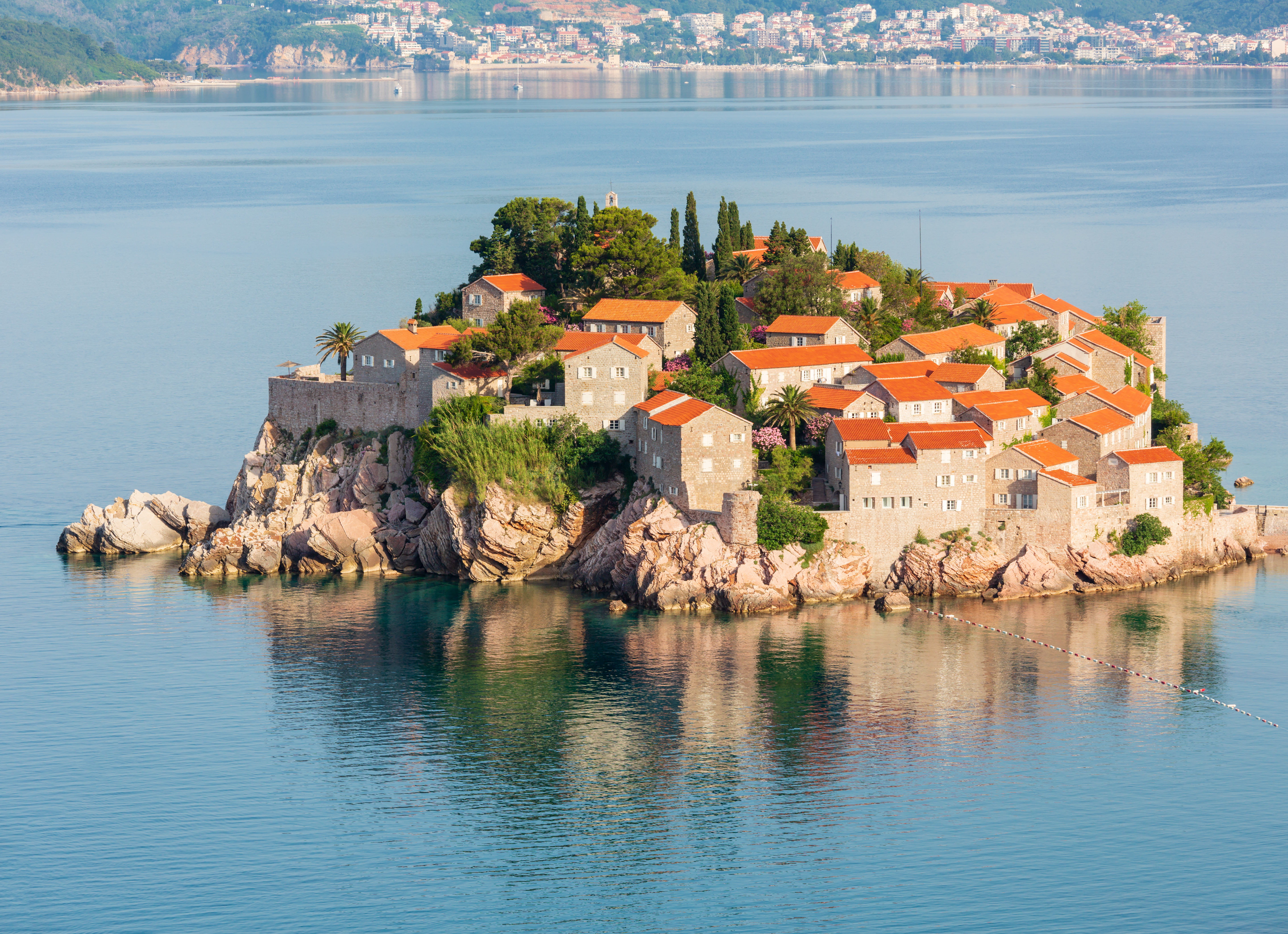
Silba, Croatia
Car-free Silba is about as off-the-beaten-track as it is possible to get in Croatia. Long a retreat for hedonists, artists and anyone seeking an alternative lifestyle it packs a punch for those looking for unique sights too. The 16th century fortress is a gem, topped with a hexagonal watchtower whose narrow spiral steps can be climbed by the fit. There’s a gallery featuring the work of sculptor Marija Ujević-Galetović, a contemporary artist who does fantastic things with the human form, and throughout the summer the island hosts quirky cultural events. A ferry from Zadar will get you here.
Debrecen, Hungary
Now served by a number of flights from major European capitals, the largest city in eastern Hungary is an elegant place long-famed for its healing thermal waters, set in majestic forested surroundings. Home to one of the best aquaparks in Europe, it is also a cultural centre of some renown. Debrecen’s defining landmark is the elegant Great Reformed Church (Nagytemplom), the most important protestant church in Hungary (Debrecen was the heart and soul of the Hungarian Reformation). In 1849, Lajos Kossuth proclaimed the country’s independence from the Habsburg Empire here. There are great views of the city from the top of the western tower.

Mostar, Bosnia
The old bridge at Mostar, built in the 16th century and infamously destroyed in 1993 by Croat forces during the Bosnian War, was rebuilt in 2004 and has become something of a symbol of the new Bosnia: it is the country’s most-visited sight. Each July the brave compete in a diving competition off the bridge into the freezing waters of the Neretva river below. The equally iconic Koski Mehmed Paša Mosque, built in 1617, is open to visitors who can climb to the top of its minaret. Below, the Tepa market is one of the loudest and most colourful in the Balkans.
Plovdiv, Bulgaria
Bulgaria’s second-largest city is one of the oldest in Europe: people have lived here since at least 6000 BCE. It is also one of the most contemporary: a pedestrian-friendly city with a cultural scene as cutting edge as anywhere in the Balkans. During the warmer months the sight of what can often appear to be the entire city taking its evening constitutional promenade can make the city feel positively Mediterranean. This multicultural city is a European City of Culture for 2019 and has seldom looked better. Street art covers every vacant wall and a host of major concerts, events and exhibitions will take place throughout the year.
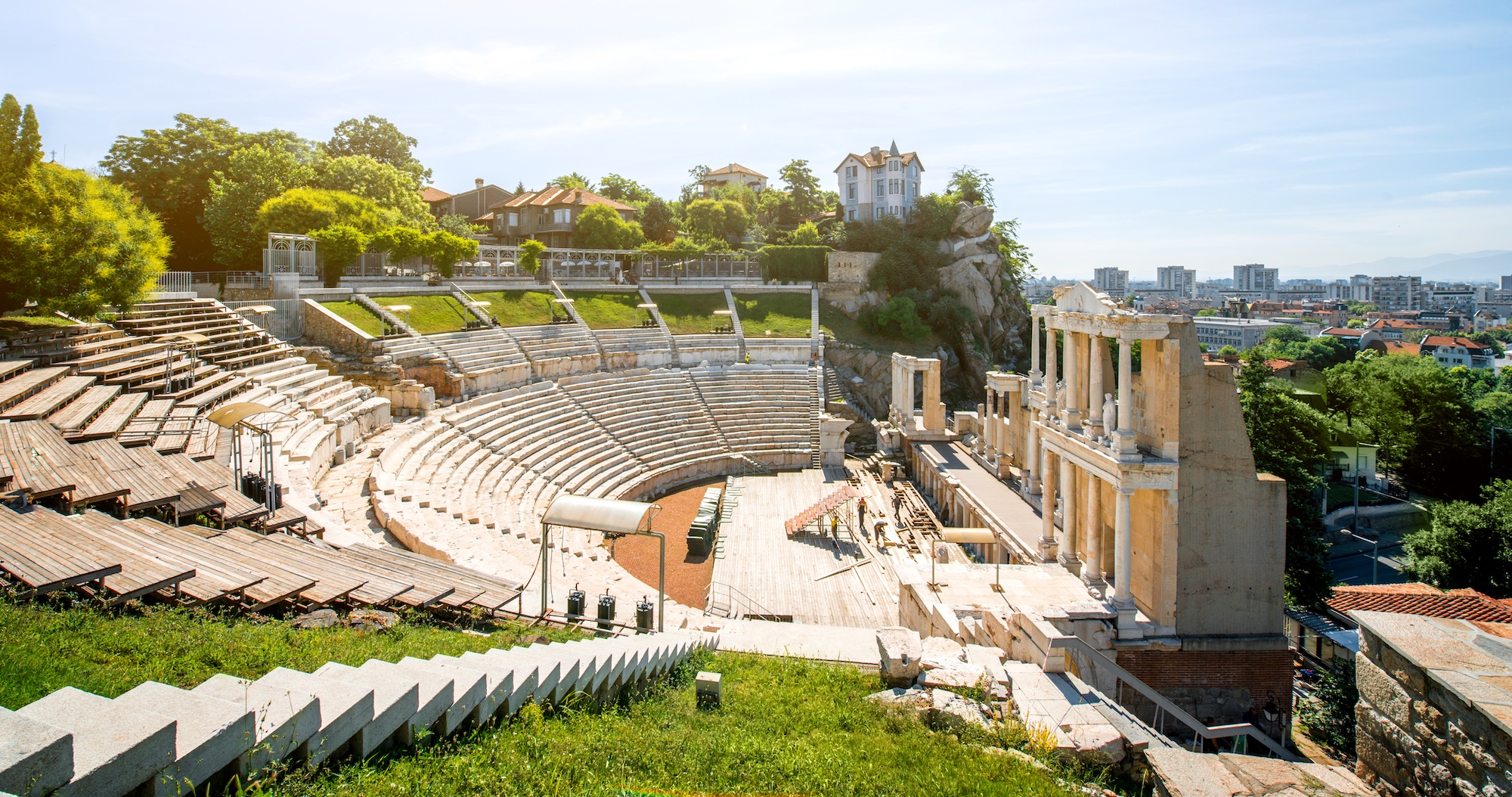
Tatranska Lomnica, Slovakia
Just an hour from the city of Kosice – served by flights from across Europe – the little resort of Tatranska Lomnica sits in the foothills of dramatic Tatra mountains and is the perfect base for exploring some of the finest hiking country on the continent (and there is some decent skiing in the winter). Thousands of kilometres of well-marked walking routes – some of which are tough – snake their way across the mountains, and many are accessible by a good network of cable cars for those who want to scale the mountains the easy way. The active can also get busy on mountain bike trails, while if you are looking for more leisurely pursuits nature trails offer a great opportunity to discover the unique mountain flora and fauna.
Prishtina, Kosovo
The youngest country in Europe has enormous potential to become a fabulous travel hotspot, not least its bustling capital which is increasingly accessible thanks to the arrival of Wizz Air flights from the UK, Germany, France and Hungary. The live music scene is fanstastic – as you would expect from a country that has of late produced more pop stars than anywhere else in the region – and the city centre has all the energy and immediacy you could want from a country playing catch-up with the rest of the continent. And before you ask: Prishtina is safe. In fact, it’s safer than most European capitals. Get there now before the world finds out.
Yerevan, Armenia
One of the world’s oldest continuously inhabited cities, which celebrated its 2,800th anniversary only last year, Yerevan couldn’t be more diverse. The city’s history can be traced back to the Biblical Noah and his descendants. The non-operating mosques in Kond are evidence to the city’s occupation by the Persian Empire while the Soviet-style architecture reflects the USSR’s impact on the country in the 20th century. On top of that come old-fashioned tea houses placed next to chic European-style wine bars and trendy cafes. And the food, a mix of European and Levantine (or Eastern Mediterranean) cuisines. For now only French tourists can enjoy direct flights to Armenia — in April 2018 Air Company Armenia launched regular connections with Lyon. Tourists can also opt for connecting flights via Warsaw, Kyiv or Istanbul.
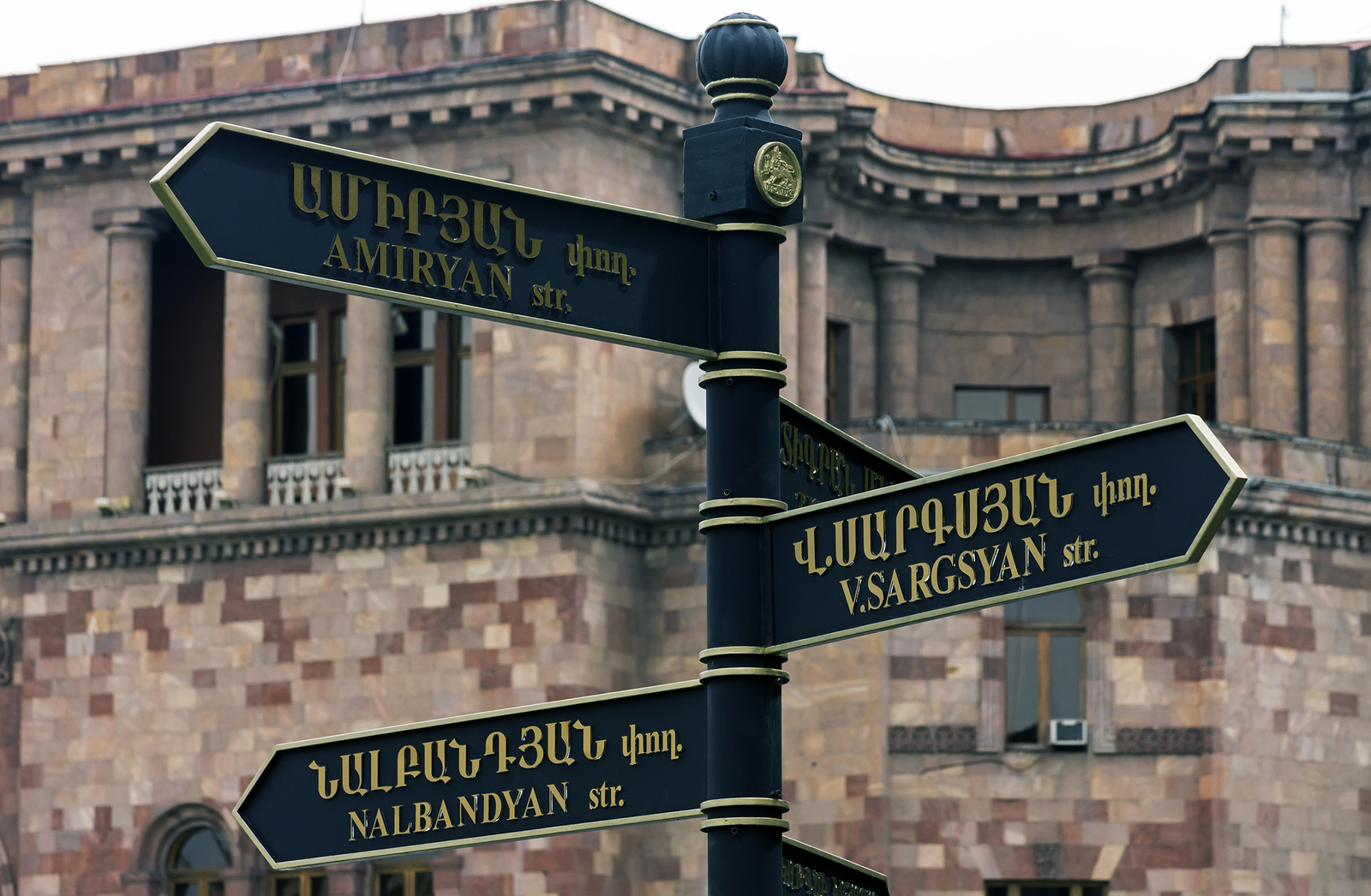
Grodno, Belarus
Once the residence of the Grand Duke of Lithuania, this most fabulous and most medieval among all Belarusian cities embodied the multi-ethnic and multi-confessional state, with great diversity in languages, religion and cultural heritage, which the Grand Duchy of Lithuania was. Today, there are dozens of churches, both Catholic and Orthodox, synagogues and castles, as well as the oldest operating Pharmacy Museum in the country. It could be a fantastic add-on for visitors to Lithuania’s Vilnius as it is about 170 kilometres away, except crossing the border requires a visa. A 30-day visa free visit is only an option for those who fly to Minsk International Airport. With or without, across the border from Lithuania or Poland, or as a day outing from Minsk, Grodno is a must-see destination.


[…] Read more from this source here. […]
[…] Emerging Europe koji se fokusira na socijalna, politička, ekonomska i kulturna pitanja srednje i istočne Europe, […]